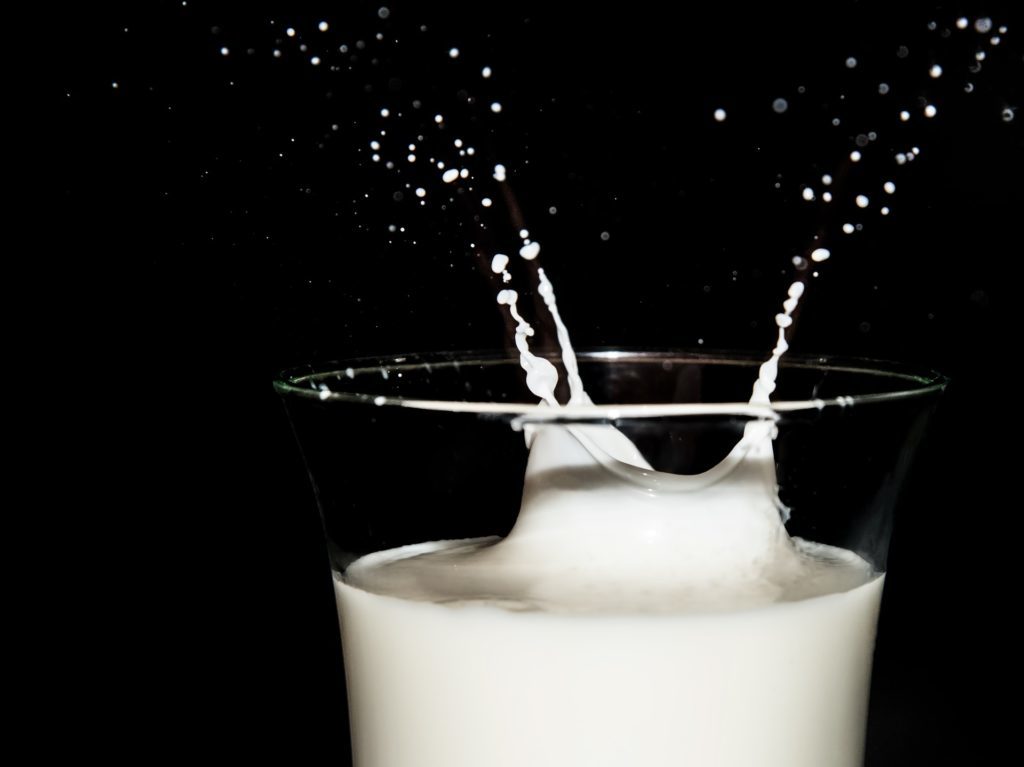Question: How long can milk sit out?
Most of us milk drinkers have had the unpleasant experience of either smelling or tasting sour milk. We are amply aware that milk is perishable and will spoil rather quickly in comparison to many other foods. If it is left outside of the refrigerator for too long, it can go bad rather quickly. Let’s look at how long milk can sit out before bacteria growth and a potential illness are a concern.
How Long Can Milk Sit Out?
In an ideal world, you would return your milk to the refrigerator immediately after use. However, we realize that it is often mistakenly left out well beyond just a few minutes. How long is too long for milk to be left out?
The amount of time before you should return milk to the refrigerator depends on the room temperature. According to FoodSafety,gov, milk and some other dairy products should be returned to the refrigerator within one hour if the room temperature is above 90°F. When temperatures are below 90°F, you can leave milk unrefrigerated for up to two hours. You should discard your milk if it has exceeded the one or two hour times indicated above. After these time, the growth of harmful bacteria becomes a concern.
Proper Milk Storage
Milk should be stored in a refrigerator set to 40°F or or lower. The lower the refrigerator temperature, the longer your milk will last. Milk will generally keep up to 5 days beyond the expiration date if kept at the appropriate temperature. Do not return milk that you have been drinking back into the original container. This can cause bacteria growth and contamination of the fresh milk.
Freezing Milk
You can freeze milk to extend its shelf life. The recommended freezer time is three months before it should be thawed and consumed. You can use the original container to freeze the milk but be sure to allow room for expansion that occurs during freezing. You may notice some texture changes when milk is thawed like separation or wateriness. You can give the milk a good shake to attempt to reconstitute it to its original texture. If the texture issues remain after an aggressive shake, you may need to use the milk in a recipe with several ingredients to mask the texture issues. Thaw the milk in the refrigerator and not at room temperature for safety reasons.
Signs of Spoilage
The fortunate thing about milk is that it is easy to tell when it has gone bad. You will notice a distinct sour smell or taste if it has turned. The milk can also thicken or curdle to resemble cottage cheese. It is time to dispose of your milk if you notice anything but a smooth texture pouring out. The CDC estimates that about 48 million people in the United States get sick from a foodborne illnesses annually. When in doubt, it is best to throw away your milk than deal with the consequences of a serious illness.

